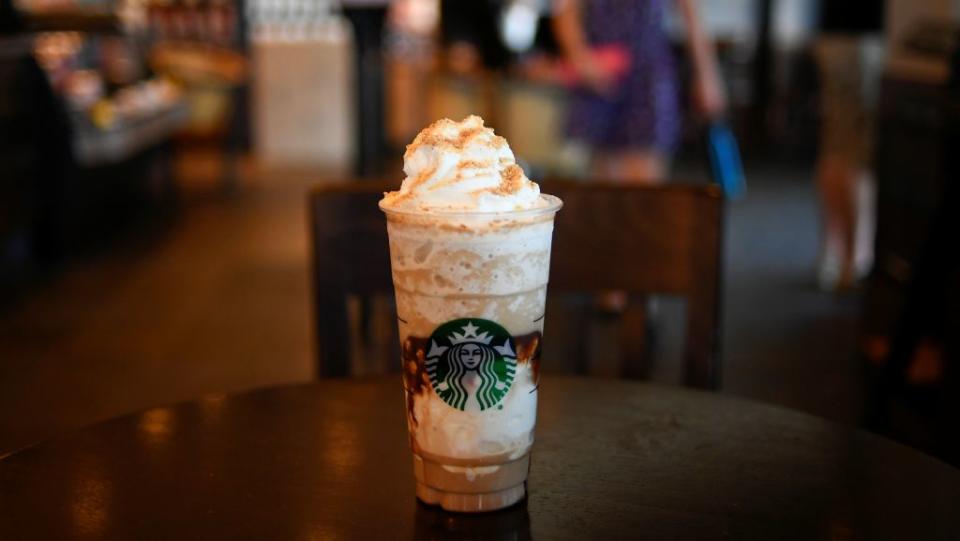That joke about a Starbucks on every corner? It’s actually true and hurting the company’s sales

Starbucks is it’s own worst enemy.
After years of opening new locations—oftentimes several in the same neighborhood—the Seattle-based coffee chain’s relentless pursuit of ubiquity is becoming one of its own foils, according to analysts at BMO Capital Markets. The Montreal-based investment bank this week downgraded its view of Starbucks’ stock, saying the company has saturated the American market so much that it’s now losing sales competing with itself.
“Starbucks management has been touting the strength of new store productivity in the US, but the strong new store performance appears to be coming–at least in part–at the expense of existing store traffic,” writes analyst Andrew Strelzik.
Market watchers have an all-too appropriate term for this phenomenon: cannibalization. On average, for every one Starbucks location in the US, there are now about four others within a one-mile radius to compete against, according to Strelzik. That overlap is greatest in California, the Pacific Northwest, and New York. Over all in 2017, more than 62% of Starbucks now compete with at least one other Starbucks coffeeshop.

That kind of overlap makes the American coffeeshop landscape particularly competitive. The BMO Capital Markets analysis found that the number of Starbucks alternatives within a mile of a Starbucks location in the company’s busiest regions have increased from three to five since 2012.


Sign up for the Quartz Daily Brief, our free daily newsletter with the world’s most important and interesting news.
More stories from Quartz:
